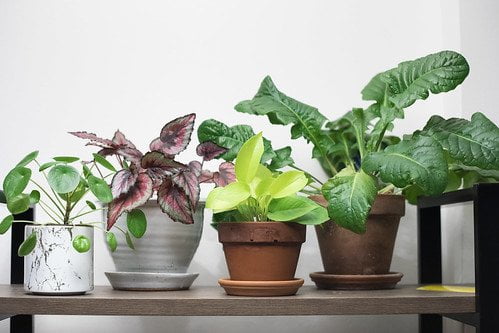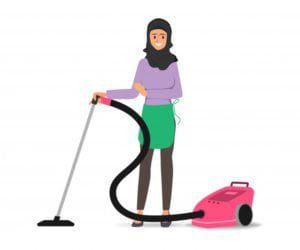Most people know about pollutants that affect outdoor air quality, but did you know that gases, dust mites, mold, and other contaminants impact the air quality inside your home? When it comes to your health, air quality plays a significant role. The effects of poor indoor air quality range from headaches, coughing, sore eyes, and fatigue to cancer and other severe health conditions. For the millions of Americans who suffer from asthma, allergies, and other respiratory issues, breathing fresh air makes a world of difference. Keep reading to find out how to improve the indoor air quality in your home.
How to Improve the Indoor Air Quality in Your Home:
Clean Your House Often:
Keeping your house clean is the first line of defense against pollutants that contribute to poor indoor air quality. But choose your cleaning products wisely. Many contain chlorine, ammonia, and other harmful toxins. Reach for fragrance-free cleaners or brands that contain fewer chemicals. When possible, use liquids and pastes instead of sprays that send particles into the air.
Add Plants to Your Decor:
Houseplants naturally cleanse the air inside your home. They help prevent stale air by reducing carbon dioxide levels. They also emit water vapor to increase humidity and make the air feel more comfortable. Don’t worry if you don’t have a green thumb. Many of the best types of plants for improving air quality require minimum care, such as spider plants, ficus, Boston ferns, and aloe vera.
Use Air Purifiers:
Air purification systems are a great way to rid your home of the harmful pathogens trapped inside carpets, upholstery, and furniture. Also known as air cleaners or sanitizers, air purifiers reduce or remove pollutants and ventilate your home with clean outdoor air. Use a portable air purifier to improve air quality in a single room. Upgrade the air filter in your furnace or heating, ventilation, and air-conditioning (HVAC) system to provide protection throughout your entire home and make your HVAC system much more effective at blocking pollutants.
Invest in a Good Vacuum:
If you believe that vacuuming your furniture and curtains helps keep your home free of dust and other allergens, think again. Some vacuums spew out more dust and debris than they collect Purchase a vacuum with a high-efficiency particulate air (HEPA) filter for the best results. HEPA filters use a fine fiberglass mesh to trap both microscopic and large particles and keep them from getting into the air through the vacuum’s exhaust.
Get the Ducts Cleaned:
Air ducts serve an essential purpose. They circulate air from your HVAC system throughout your house. Over time, dirt, grime, and dust build up inside ducts, restricting airflow. Professionals recommend cleaning your ducts every three to five years to keep clean air flowing and prevent the spread of contaminants from one room to the next.
Never underestimate the value of clean air. Ongoing exposure to pollutants—even for a short time—puts you and your family at risk. As a homeowner, you want the best for your family, and that means taking action to make sure the air quality inside your home remains free of harmful pollutants. Follow these useful tips for how to improve the indoor air quality in your home and ensure you and your loved ones breathe easy.
Read Also:






























